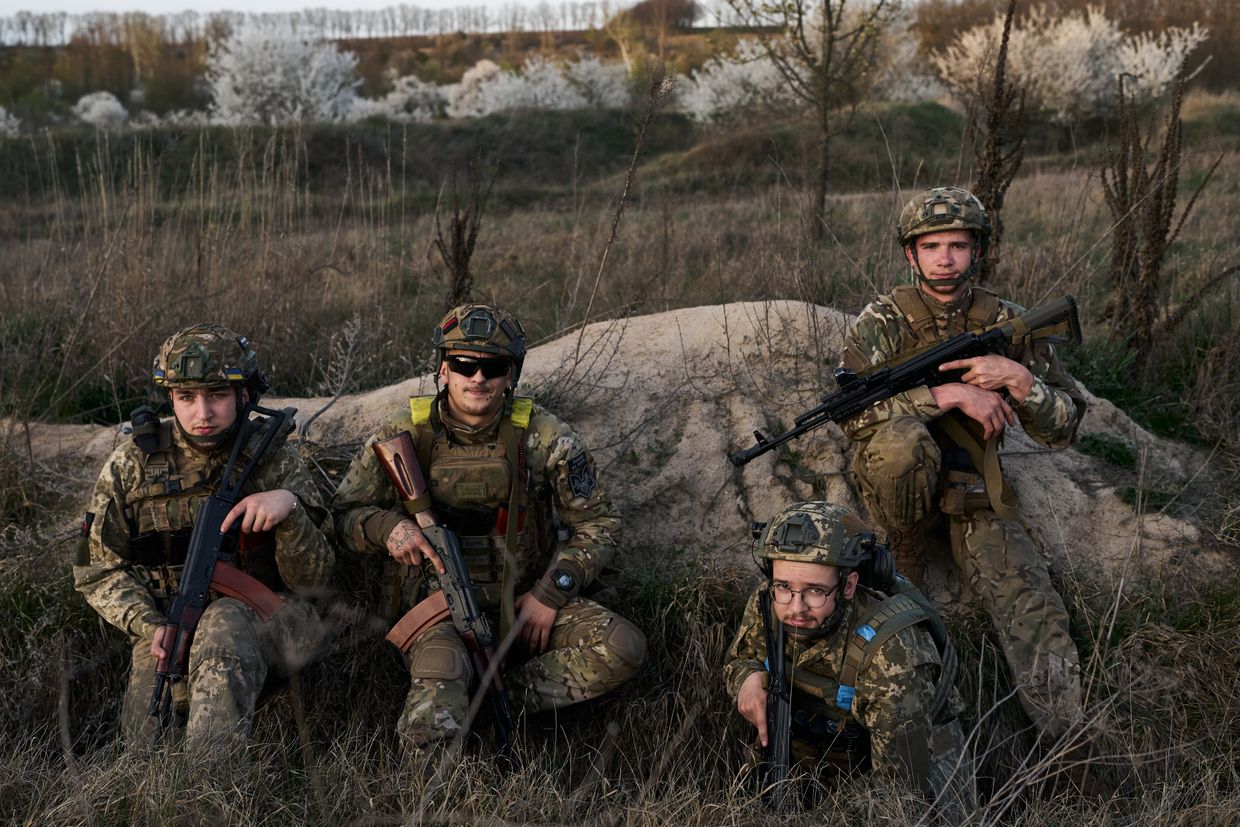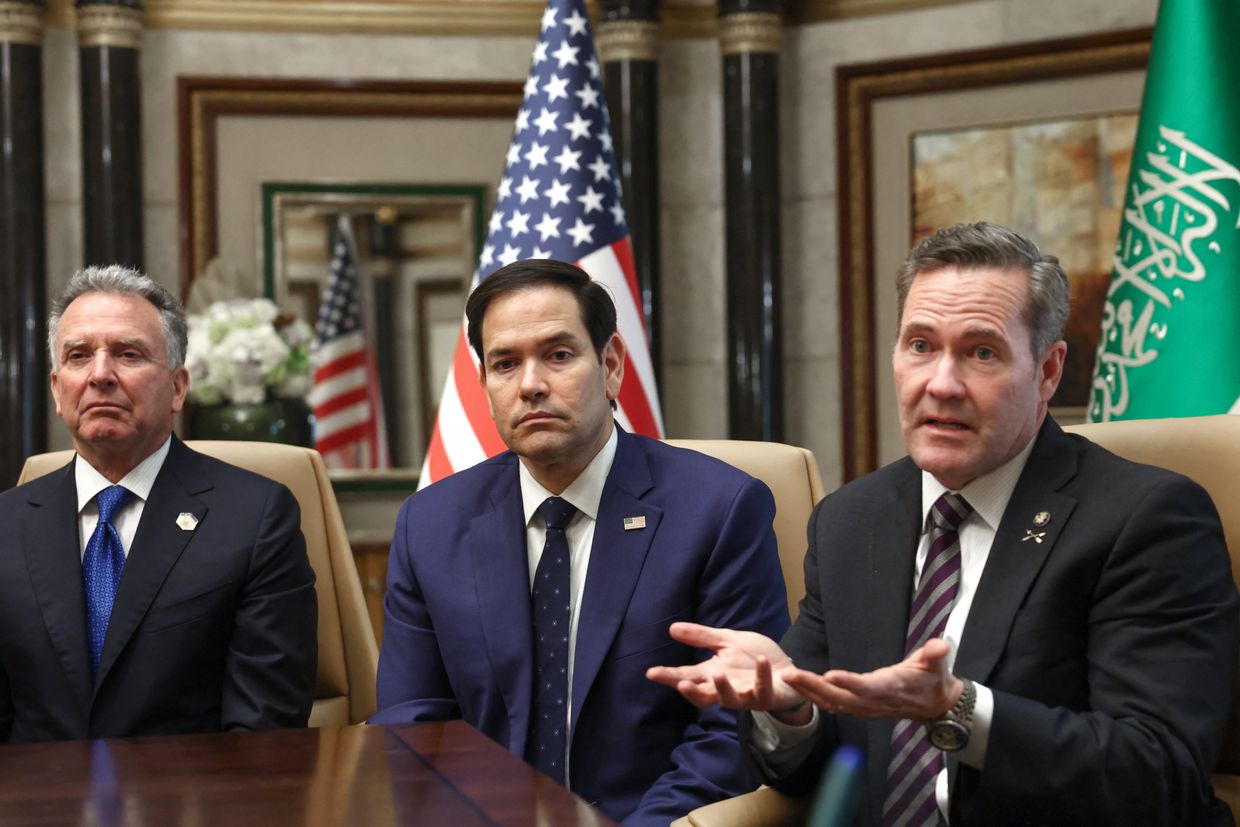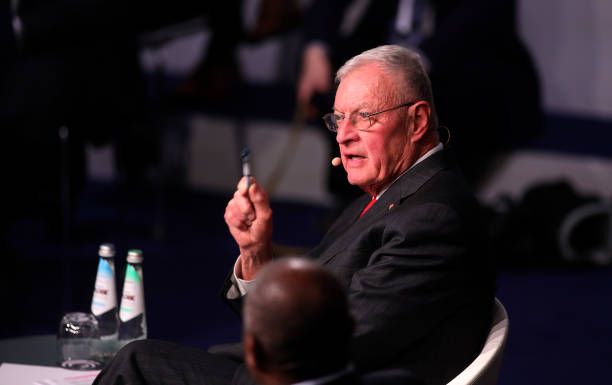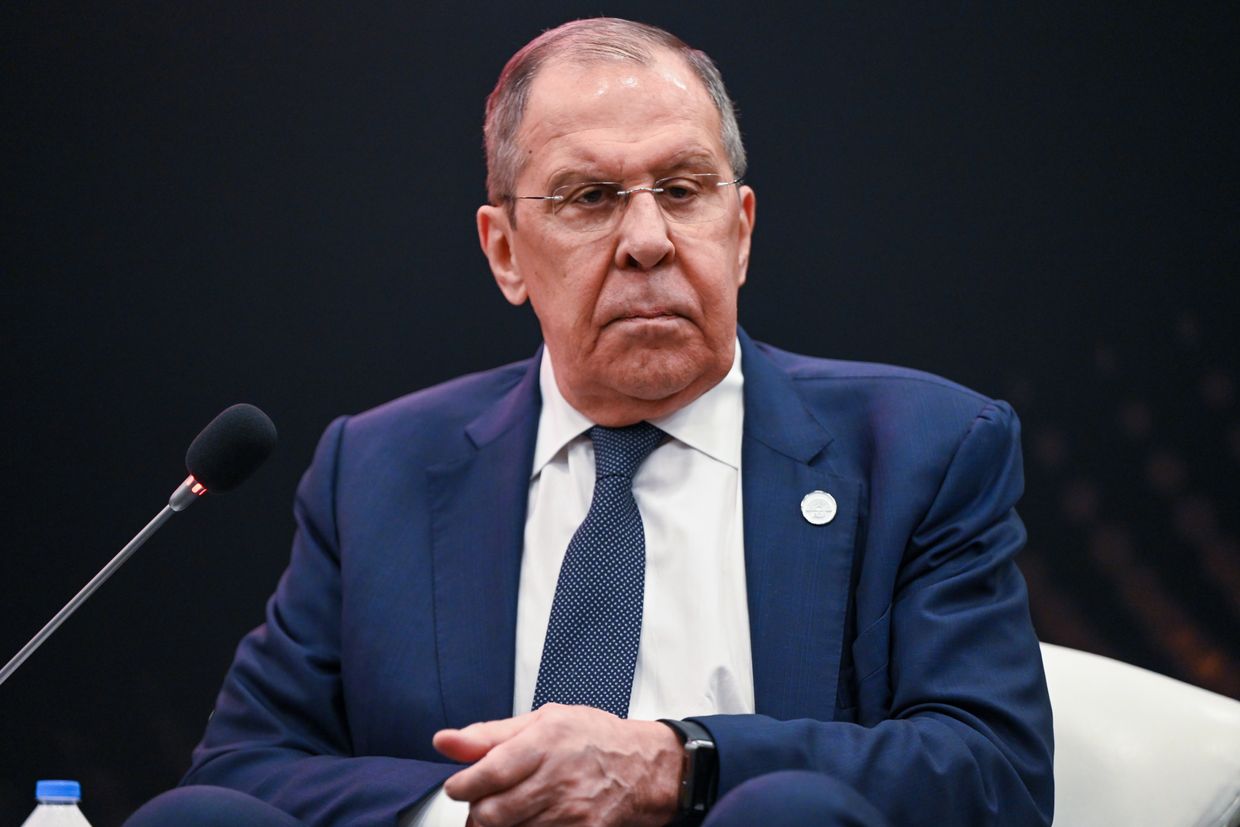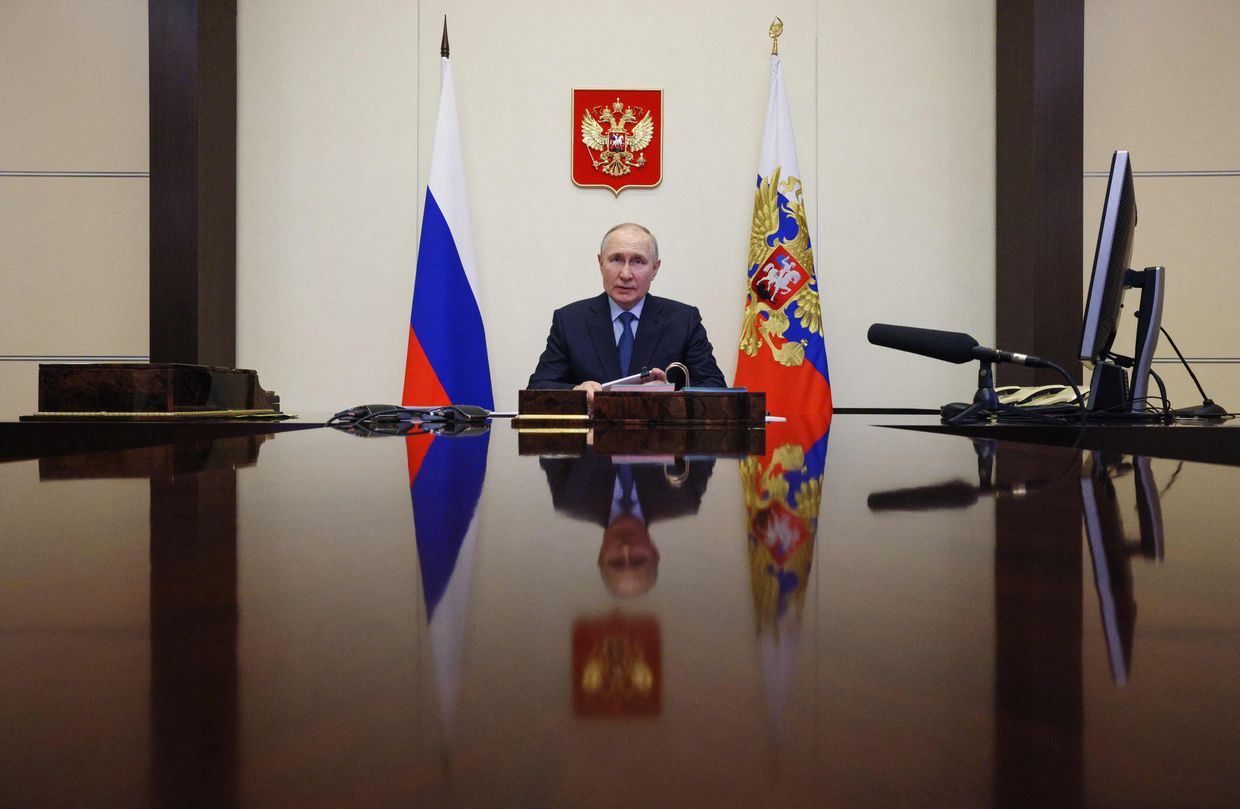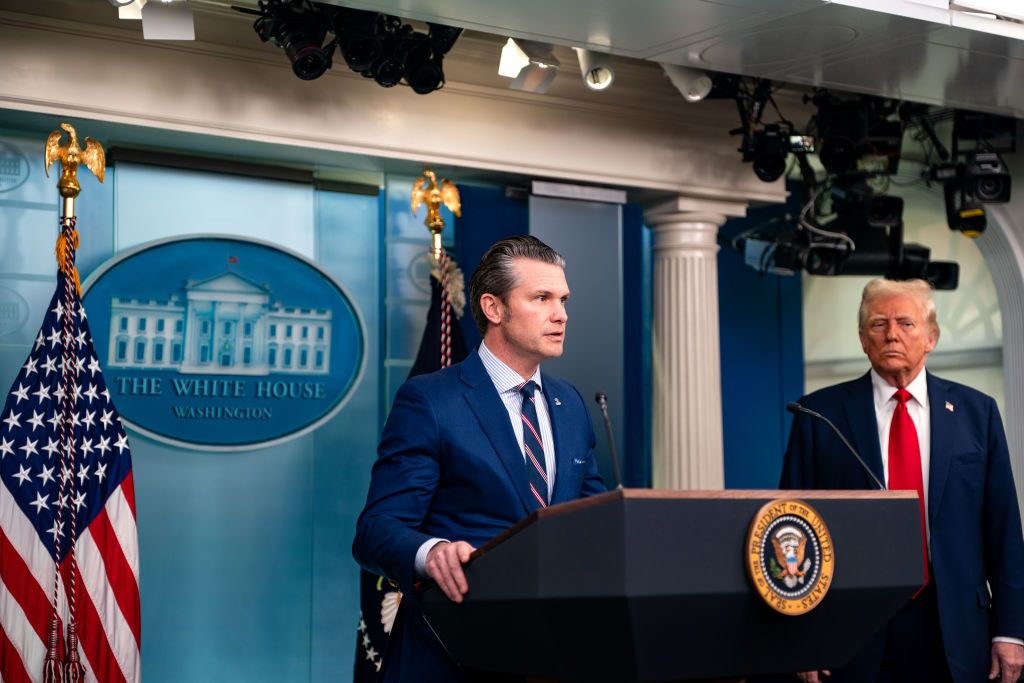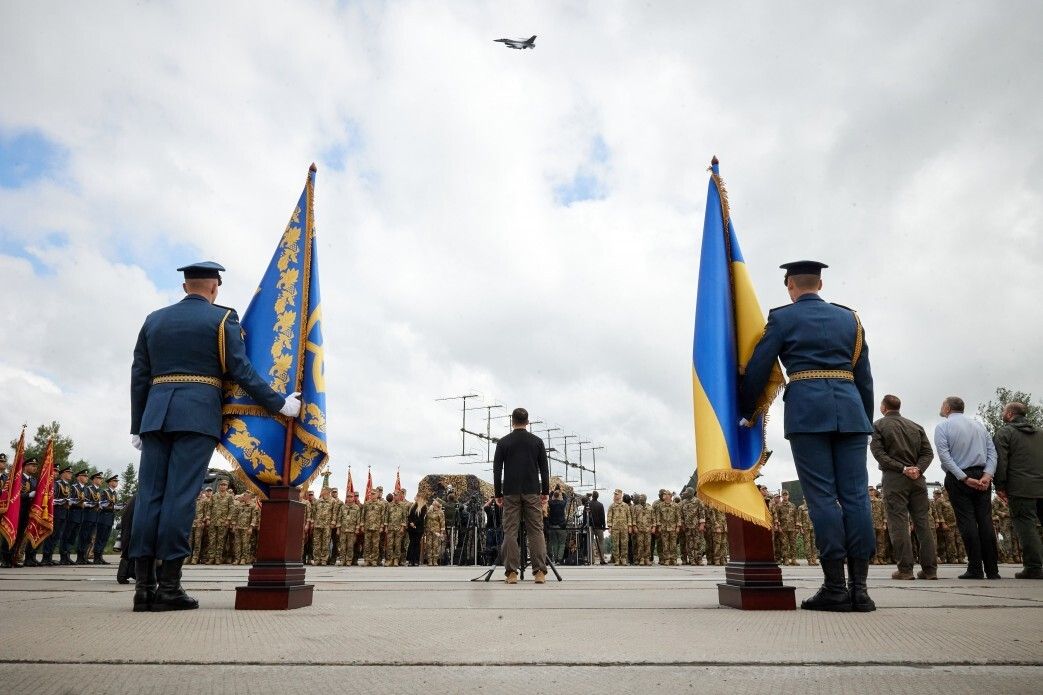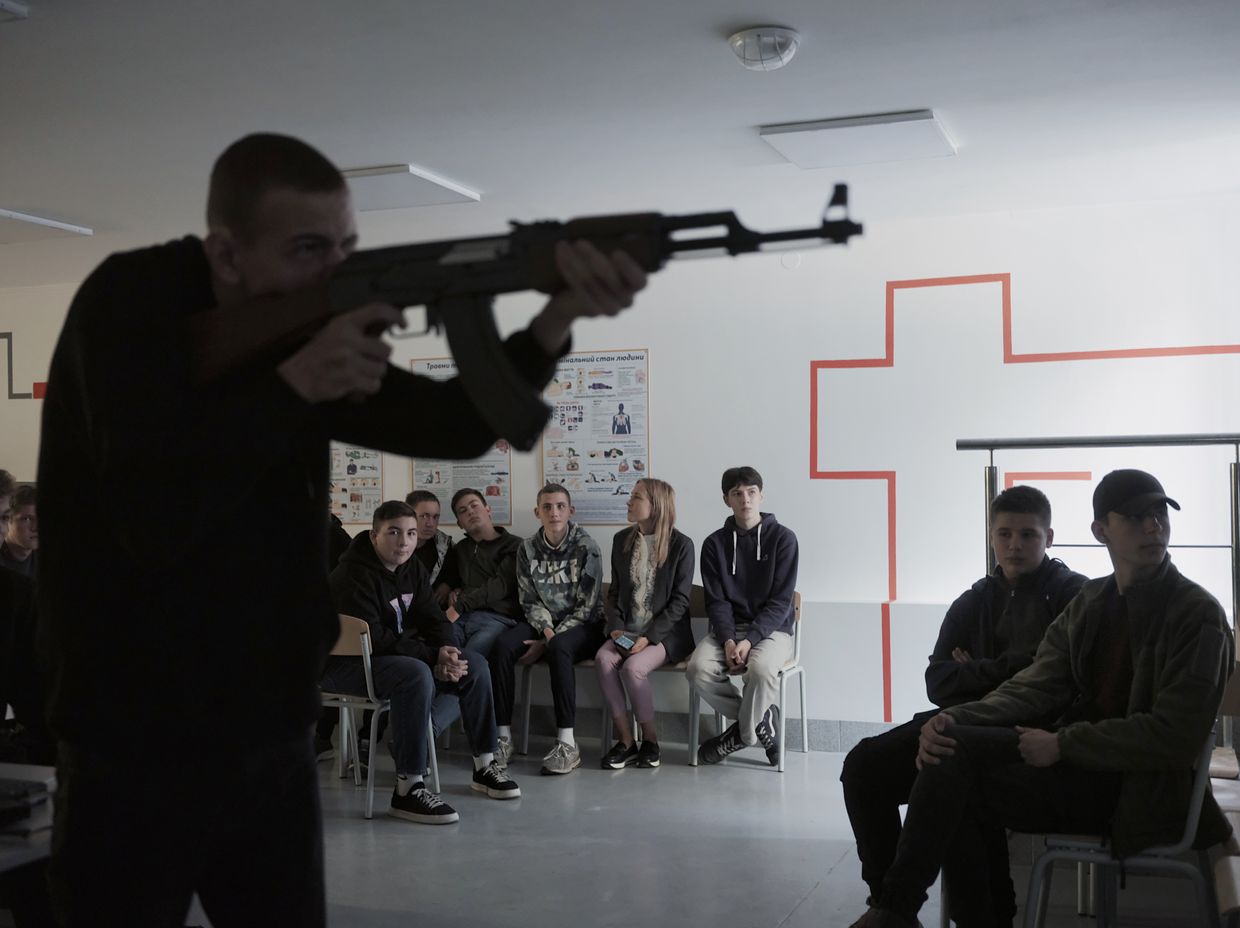Ukraine’s bold incursion into Russia’s Kursk Oblast gives the country a much-needed breakthrough on the battlefield, and represents yet another setback for the Kremlin. Yet the operation is not a military game-changer. Even as Ukrainian forces have occupied more than 400 square miles (over 1,000 square kilometers) of Russia, the Russian military has been making significant advances along the front line in Ukraine’s Donbas region and pummeling the country from the air. Neither Russia nor Ukraine is in a position to achieve an absolute military victory; this war will be concluded at the negotiating table, not on the battlefield.
It is at the negotiating table that Ukraine’s push into Kursk may well end up working to its advantage. By successfully demonstrating that it can take the fight to Russian territory, Ukraine has strengthened its hand in future negotiations. The United States and its allies should now work with Ukraine to put this newfound leverage to good use by charting a course toward a ceasefire and diplomatic endgame.
Even before Ukraine’s incursion into Kursk, a window of opportunity for diplomacy had already opened. Ukrainian President Volodymyr Zelensky had long insisted that talks could come only after the full restoration of Ukraine’s territorial integrity. But this past summer he warmed to the prospect of a diplomatic push, emphasizing the need to negotiate an end to the war “as soon as possible.” Just after a peace summit in Switzerland in June, he said that he wanted to invite Russia to the next gathering. And despite his own decree banning direct talks with Russian President Vladimir Putin, he stated that he was open to engaging with the Russian leader.

This shift in Zelensky’s stance cleared the way for quiet diplomacy between Ukraine and Russia. A few months ago, the two countries almost reached a deal to secure civilian shipping lanes in the Black Sea. Moreover, before the Kursk operation disrupted the effort, talks had been planned in Qatar to negotiate a ban on strikes against civilian infrastructure.
Ukraine’s tentative pivot to diplomacy is entirely understandable. It has steadily lost territory to Russian forces over the past 20 months, and its people are tiring, with opinion surveys now showing that close to 50% of Ukrainians favor negotiations. Despite passing legislation in June that broadens the country’s military mobilization, securing manpower remains a challenge. The economy continues to suffer from regular Russian strikes against its infrastructure, with around 50% of Ukraine’s electricity-generating capacity knocked out. And Ukrainian leaders are justifiably worried that political support for further aid packages could wane in the U.S. and Europe alike.
The Kursk operation could be interpreted as a sign that the window for diplomacy has closed in Kyiv, or that Zelensky’s talk of negotiations was only a cover for the surprise strike. But the opposite appears to be the case. Top Ukrainian officials, including Zelensky, have explicitly linked the Kursk operation to efforts to increase Ukraine’s leverage at the negotiating table. Wars often escalate soon before talks to end them begin, which may well be what is now unfolding.
A window of opportunity for diplomacy has also opened in Washington. Now that U.S. President Joe Biden is not running for re-election, he could burnish his legacy by helping Ukraine move toward a diplomatic endgame. Securing a deal that allows the 80% of Ukraine still under the control of the government in Kyiv to thrive – despite nearly three years of relentless aggression from a much larger neighbor – would qualify as a success by any reasonable measure. Whenever the fighting ends, the U.S. can and should continue working to restore Ukraine’s territorial integrity using diplomatic, political, and economic tools, including by making the Kremlin pay a price for its occupation, for however long it lasts.
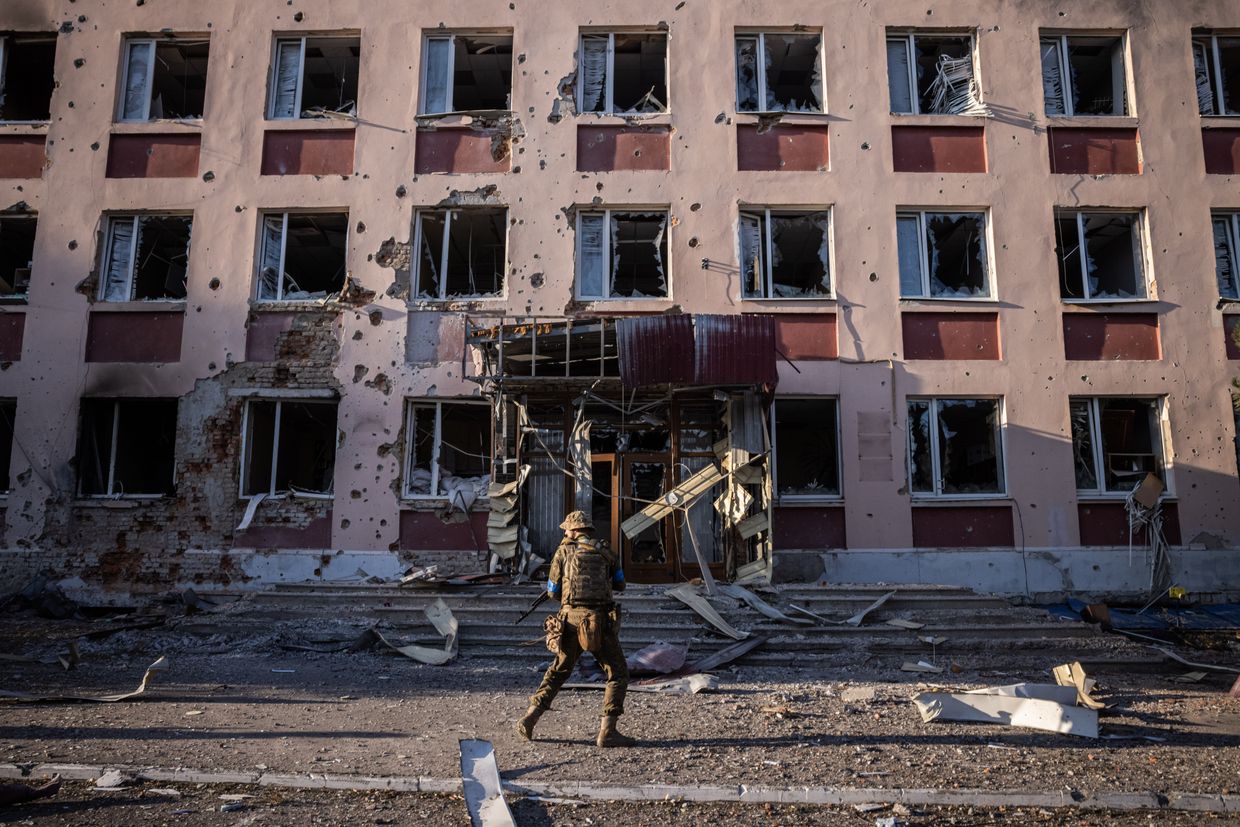
For its part, Ukraine would do well to embark on negotiations sooner rather than later, capitalizing on the increased leverage afforded by its military advances in Kursk. Undue delays are likely to weaken, not strengthen, Ukraine’s hand, because its forces in Kursk could be forced to retreat, Russian forces could make additional gains in Donbas, or both.
The U.S. should help Ukraine map out effective steps to de-escalate the conflict, building on the aborted talks to open Black Sea shipping routes and limit strikes on civilian infrastructure. Further measures could involve designating rear areas – such as Crimea and all Ukrainian urban centers – as off-limits for deep strikes. Eventually, Ukraine and Russia could forge disengagement zones along the 600-mile front line, which would effectively serve as trial areas for a broader ceasefire.
The Ukrainian and Russian governments could also agree to end future incursions across the undisputed sections of the international border, such as Russia’s invasion of Kharkiv Oblast last spring and Ukraine’s more recent Kursk operation. These measures could lay the groundwork for negotiating a durable peace.

To be sure, Russia’s own willingness to take initial steps toward de-escalation, let alone a ceasefire, is highly uncertain; Putin responded to the Kursk incursion by declaring that negotiations are now impossible. But it is worth testing the waters. With the Kursk operation having demonstrated Ukraine’s ability to impose further costs on Russia, Putin has a greater incentive to engage. And whatever his illusions were when he began this brutal invasion, after two and a half years of limited battlefield gains at exceptionally high cost, even Putin must now understand that negotiations are a question of when, not if.
Should the Kremlin reject offers to de-escalate, at least then the next U.S. president will know that Russia has no interest in peace. Such clarity would not only help maintain the current international coalition in support of Ukraine; it also could pull in more countries from the Global South, most of which have so far refused to take sides despite Russia’s unambiguous aggression against its neighbor. Russian intransigence might even convince China to distance itself from Putin’s war, and to lean on him to seek a diplomatic off-ramp.
Given the high intensity of the current fighting, finalizing a ceasefire before a new U.S. president takes office is unlikely. But the U.S. can still pursue incremental steps that would appreciably mitigate the death and destruction. Such steps would be valuable in themselves, and they would set the stage for the next U.S. president to work toward bringing this devastating conflict to an end.
Editor’s Note: Copyright, Project Syndicate. This article was published by Project Syndicate on Sept. 6, 2024, and has been republished by the Kyiv Independent with permission.The opinions expressed in the op-ed section are those of the authors and do not purport to reflect the views of the Kyiv Independent.




